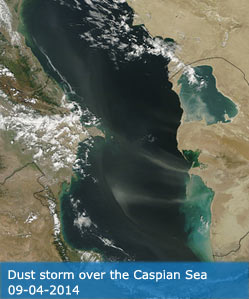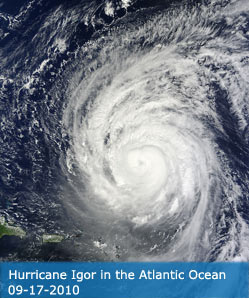Science Team
Publications
Singh, HJ; Madane, DA; Pal, R; Sharma, R (2025). Geospatial assessment of paddy crop water requirement using remote sensing and GIS in semiarid Ludhiana area of Indian Punjab. THEORETICAL AND APPLIED CLIMATOLOGY, 156(4), 210.
Abstract
The evaluation of climate change and the sustainable development of ecosystems greatly depend on the spatial and temporal changes in vegetation and the elements that influence evapotranspiration. Spatial heterogeneity is limited consideration by the FAO 56 method-based evapotranspiration, which greatly increases uncertainty on regional climate conditions. To estimate the water requirement of paddy crops during the Kharif season of 2023-2024 in Punjab's Ludhiana area, a satellite-based experiment was conducted. The European Space Agency's (ESA) Sentinel-2 platform was used for satellite image acquisition. Land use land cover (LULC) of paddy crop has an overall accuracy of 0.96 with a Kappa coefficient of 0.90, and predicted area acreage of paddy crop was 2.5 million hectares. The Normalized difference Vegetation index (NDVI) derived NDVI-Kc curve-fitting showed coefficient of determination values (R2) of 0.89 and 0.80, in the Sentinel-2 and MODIS-16 datasets, respectively. However the sentinel 2 derived NDVI and reference crop coefficient gave strong correlation of R2 = 0.89. The results revealed a strong positive linear relationship between the estimated crop evapotranspiration (ETc) values from Sentinel-2 and the Penman-Monteith estimated (reference) having the coefficient of determination (R2) was 0.97 and 0.95 in the case of Sentinel-2 and MODIS-250, respectively. However, the higher correlation of ETc was seen in the Sentinel-2 dataset as compared to MODIS. The estimated seasonal ETc of the paddy crop was between 358.60 and 522.69 mm in the Sentinel-2 dataset and between 368.31 and 558.02 mm in the MODIS dataset. Results revealed that the overall water requirement for the paddy crop during the Kharif season for sentinel-2 and MODIS was 1130.04 and 1169.013 MCM, respectively. The estimated seasonal crop evapotranspiration of the paddy crop was between 358.60 and 522.69 mm for the Sentinel-2 dataset and between 368.31 and 558.02 mm for the MODIS dataset. Based on data from Sentinel-2 and MODIS-250 m, the results showed that the overall water requirement for the paddy crop during the Kharif season was 1130.04 and 1169.013 MCM, respectively. Thus, the research findings would help bureaucrats, farmers, and policymakers conserve water on a spatial level.
DOI:
10.1007/s00704-025-05434-x
ISSN:
1434-4483




